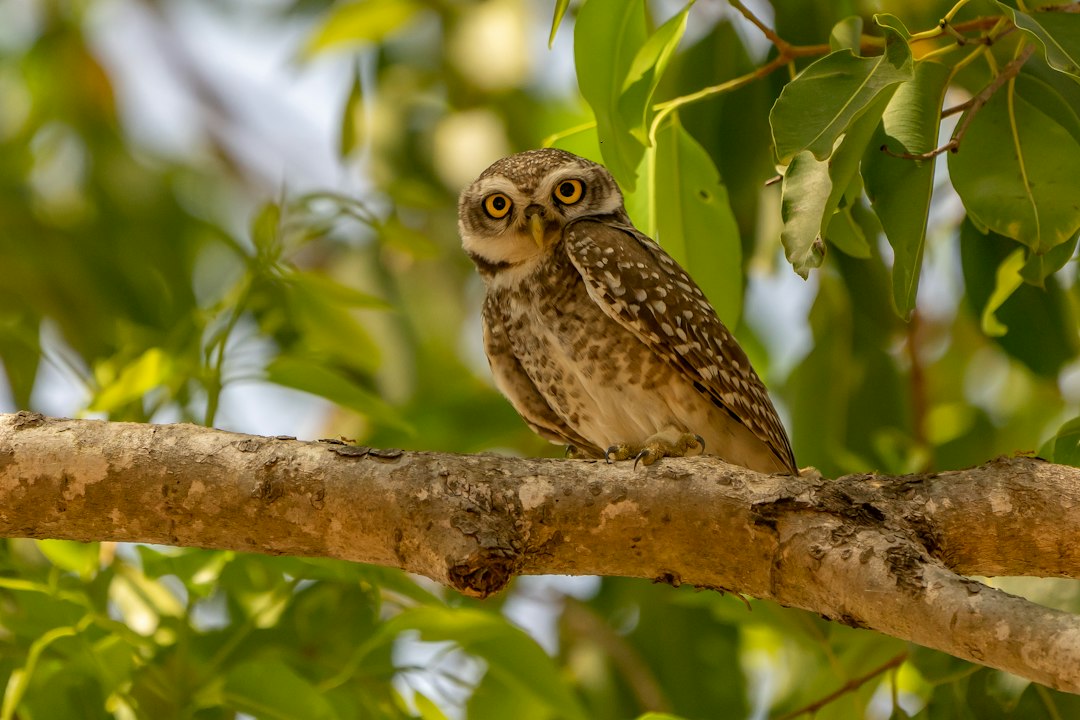The Marvelous World of Reptiles and Amphibians
The world of reptiles and amphibians is a fascinating and diverse one. From the slithering snakes to the colorful frogs, these creatures have captivated our imagination for centuries. In this blog post, we will dive into the marvelous world of reptiles and amphibians, exploring their unique characteristics, habitats, and the importance of their conservation.
Reptiles, a class of cold-blooded vertebrates, are known for their scaly skin and ability to lay shelled eggs. Crocodiles, turtles, snakes, and lizards are some of the most well-known groups within this class. One of the amazing features of reptiles is their adaptation to various environments. From the desert-dwelling horned lizards to the sea turtles navigating the vast ocean, reptiles have managed to survive and thrive in diverse habitats.
Snakes, often feared by many, are a fascinating group of reptiles characterized by their long bodies and ability to slither. They come in various sizes, colors, and patterns, making them both mystifying and mesmerizing. Some, like the mighty anaconda, can reach lengths of up to 30 feet, while others, like the tiny and venomous coral snake, measure only a few inches. Their unique ability to swallow prey whole and dislocate their jaws is truly remarkable.
Turtles, another group of reptiles, are known for their protective shells. These remarkable creatures can be found in both aquatic and terrestrial environments. Sea turtles, for example, spend most of their lives in the ocean, only coming ashore to lay their eggs. On the other hand, land-dwelling turtles, such as the iconic tortoises, are equipped with sturdy feet and shells, enabling them to navigate various terrains with ease.
Amphibians, on the other hand, are a group of cold-blooded vertebrates that include frogs, toads, and salamanders. Unlike reptiles, amphibians start their lives in water as larvae before transitioning into adults. Their ability to breathe through both lungs and their skin set them apart from other vertebrates. Amphibians often serve as indicators of ecosystem health, as they are very sensitive to environmental changes.
Frogs, perhaps the most charismatic members of the amphibian world, are known for their unique features such as their long, sticky tongues and ability to leap. They come in a vast array of colors and sizes, and their distinct calls can be heard in various habitats around the world. Frogs play a crucial role in maintaining ecological balance, as they are both predators and prey. They control insect populations and are an important food source for other animals, including birds and snakes.
Unfortunately, both reptiles and amphibians face numerous threats to their survival. Habitat destruction, pollution, climate change, and the illegal pet trade are just a few of the dangers they encounter. Conservation efforts are crucial to prevent the loss of these marvelous creatures. Preserving their habitats, establishing protected areas, and raising awareness about the importance of their role in ecosystems are just some of the steps needed to ensure their survival.
In conclusion, the marvelous world of reptiles and amphibians is a diverse and captivating one. From the slithering snakes to the leaping frogs, these creatures play vital roles in ecosystems and have a significant impact on our planet. Through education, conservation, and appreciation, we can continue to admire and protect the marvels of this world for generations to come.

